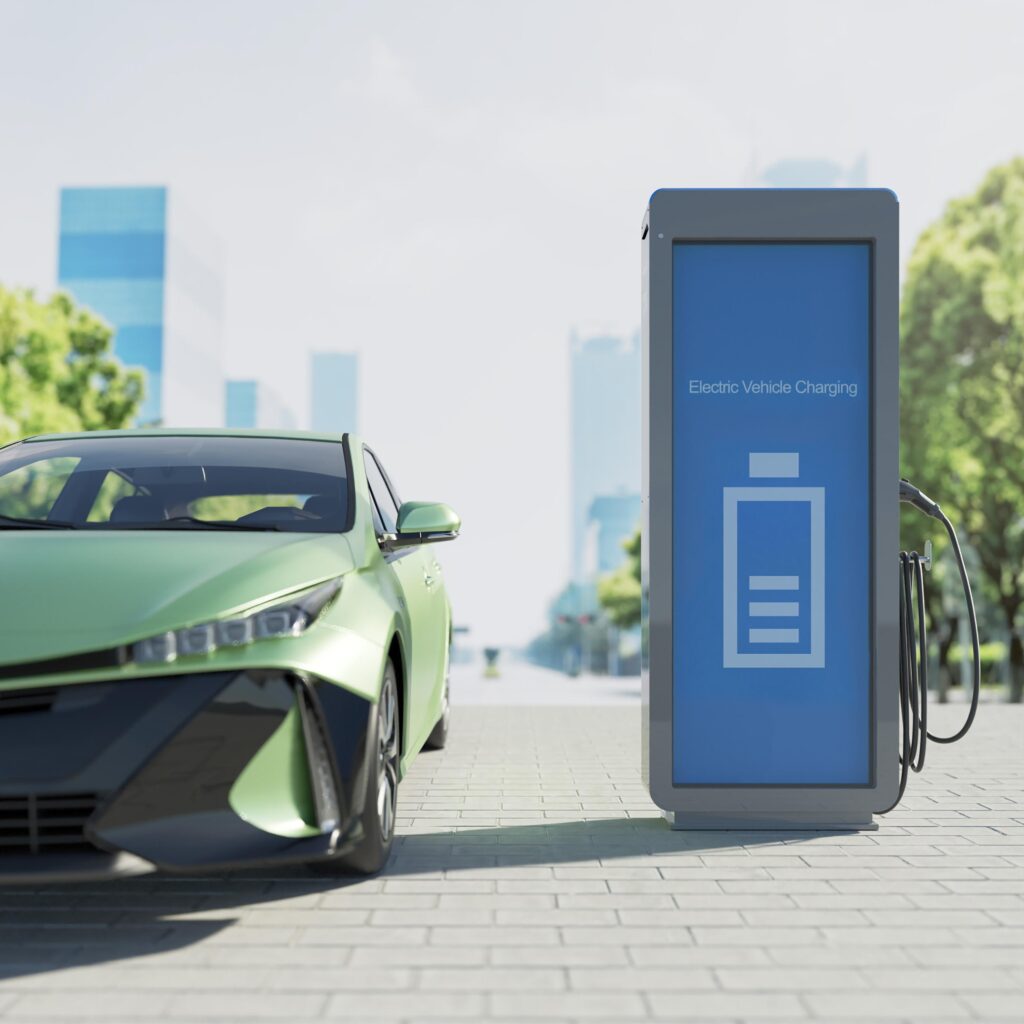First, how many car accidents occur annually in the US?
Based on the information available up to September 19, 2024, there are approximately 6 million reported car accidents annually in the United States. This figure comes from discussions and posts on X, reflecting general knowledge shared by users on the platform. However, for precise statistics, official reports from organizations like the National Highway Traffic Safety Administration (NHTSA) or the Insurance Institute for Highway Safety (IIHS) would typically provide the most accurate numbers, but the data from X posts align with broader statistics often cited in public discourse.
Based on the information available up to September 19, 2024, electric cars (EVs) present a nuanced picture when it comes to safety in accidents:
- Occupant Safety: Electric vehicles often have lower centers of gravity due to their heavy battery packs, which can contribute to better handling and potentially fewer rollovers. Additionally, EVs tend to be heavier than their internal combustion counterparts, which can offer better protection for occupants in a crash due to the physics of impact. Crash test results, field injury data, and insurance claims suggest that EVs might be superior in protecting their occupants compared to traditional vehicles.
- Fire Risk: While there’s a public perception about EVs catching fire, data indicates that electric cars are less likely to catch fire than gasoline-powered cars. Gas-powered vehicles are significantly more likely to ignite than EVs, and hybrids also have a higher fire risk compared to EVs.
- Safety for Others: However, the increased weight of EVs poses a risk to occupants of lighter vehicles in collisions due to the principle of crash compatibility. Heavier vehicles like EVs can inflict more damage on lighter vehicles, potentially increasing the risk of injury or death for those in the lighter cars. This aspect has raised concerns about pedestrian safety as well, with some studies suggesting that EVs might pose a higher risk to pedestrians due to their weight and quieter operation, which could reduce pedestrian awareness.
- Advanced Safety Features: Many EVs come equipped with the latest safety technologies, including advanced driver assistance systems (ADAS), which can help prevent accidents. Features like automatic emergency braking, lane-keeping assist, and adaptive cruise control are often standard in EVs, potentially reducing the likelihood of accidents.
- Public Sentiment and Data from X: Discussions on platforms like X reflect a mix of enthusiasm for EV safety features, particularly from Tesla owners citing real-world crash scenarios where the vehicle’s design protected occupants well. However, there’s also a concern echoed in posts about the implications of EV weight on overall road safety, especially for pedestrians and cyclists.
- Regulatory and Industry Response: Safety is a priority for both regulators and manufacturers, with ongoing research into how EVs perform in real-world scenarios. The industry is also focusing on improving battery safety to mitigate fire risks further.
In summary, while electric cars might offer enhanced safety for their occupants due to design advantages and advanced safety features, they introduce new considerations regarding safety for others on the road due to their weight. The conversation around EV safety in accidents is evolving, with both empirical data and public discourse reflecting a complex interplay of benefits and concerns. Always consider the latest research and real-world data when assessing EV safety, as technology and understanding continue to advance.


